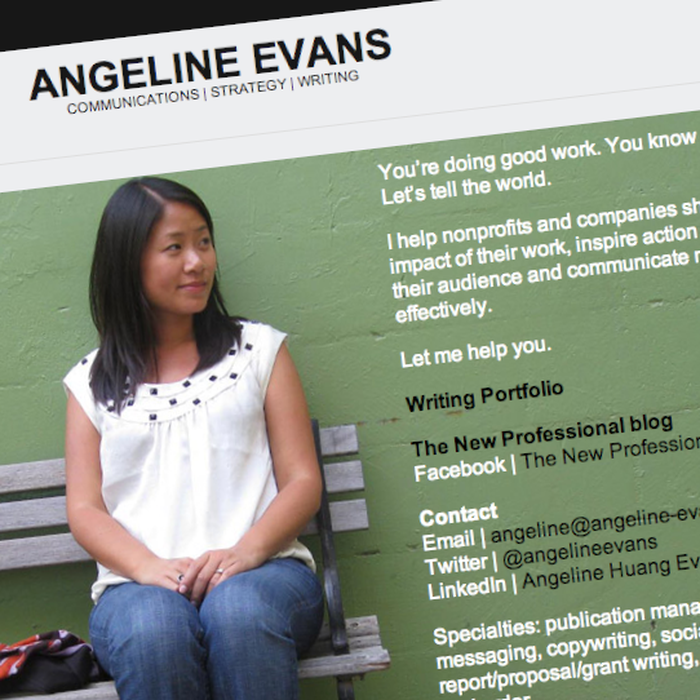
These days, creating a personal website is pretty easy. You don’t need to know about web hosting or code—the newest kids on the block are hosted profile pages with templates you can fill in with photos, links, and text about yourself. You don’t even have to have tons of content for subpages—just one landing page is all you need to stake out your spot on the web.
So, it’s easy, but is it necessary?
If you’re a media, digital, or creative professional—absolutely. Same goes if you want to otherwise establish yourself as an expert in anything and don’t already have your own professional blog. If you’re in a traditionally non-creative field with structured recruitment and hiring methods, such as accounting or law, a personal website might not help you as much professionally. But if you have a side hustle or hobby and you’re active in the online community, then a personal site can be helpful to grow that online influence, too. Here are three reasons why.
1. You Control Your Branding
Most personal website services allow you to customize everything from background photos to fonts and text placement—so, unlike LinkedIn’s uniform profile, your personality and brand can shine through. When someone finds you, they’ll have an instant, visual representation of who you are. (A couple of my faves: product designer Liang Shi and marketing strategist Lindsay Kaplan.)
2. It’s an Instant Portfolio
People are visual, so the more you can show (rather than tell), the better. Your resume may say that you “built a company blog following of 15,000 engaged readers,” but with your personal site, you can take someone straight to the blog and show why it’s so engaging and what sets your work apart. By featuring work samples, sites you’ve worked on, articles you’ve written, whatever, your personal homepage can act as a digital portfolio of your online work and identity.
3. You Point Recruiters in the Right Direction
Though only 40% of companies use social media as part of their screening process, many more use it informally (and in my experience, hiring managers and interviewers who may not be on the HR side usually do their own research, too). So consider this: If a recruiter sees your resume and tries to find you on LinkedIn or Facebook, you could get lost among the other professionals who share your name. But if you have a personal website aggregating your various networks (and put that URL on your resume), you take all the guesswork out of finding you.
How to Get Started
Convinced? There are plenty of easy (and free) services you can use to put up a quick profile, such as About.me, Flavors.me, DooID, and Zerply. Some of these sites allow you to create subpages or pull in your social media feeds, while About.me is a great choice if you just need a basic landing page.
By and large, your URL will be the website name + your username (for example, about.me/angelineevans), though most services will let you point a custom domain (i.e., yourname.com) to your profile.
Once you have it set up, here’s what you should include:
That’s all you really need to get started—but of course, feel free to add links to your work, your resume, a bio, you name it! It can be helpful to search for people in your field who are also on the platform of your choice and browse their sites to get inspiration for your own page.
Now, all that’s left to decide is—which photo gets the big spot?